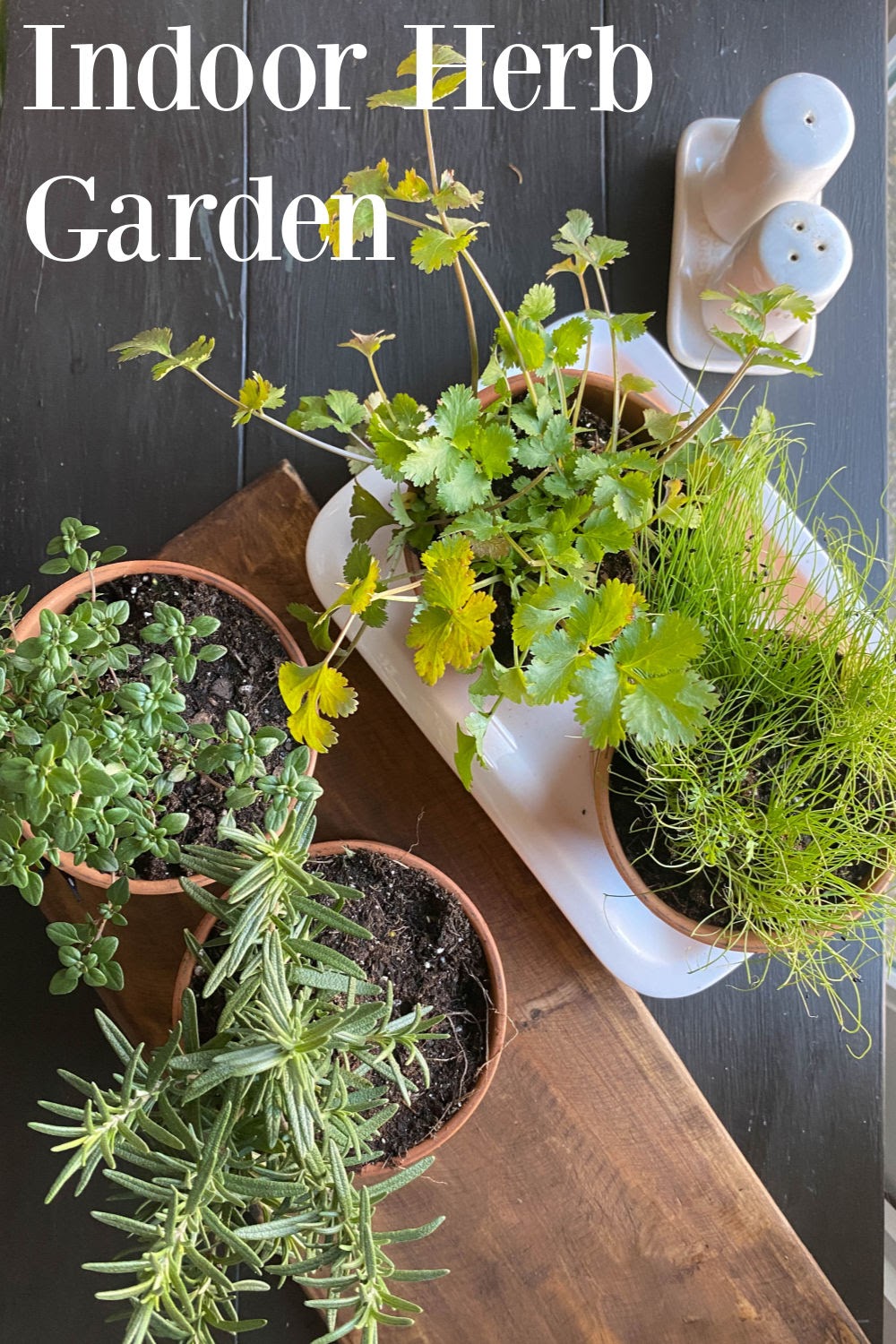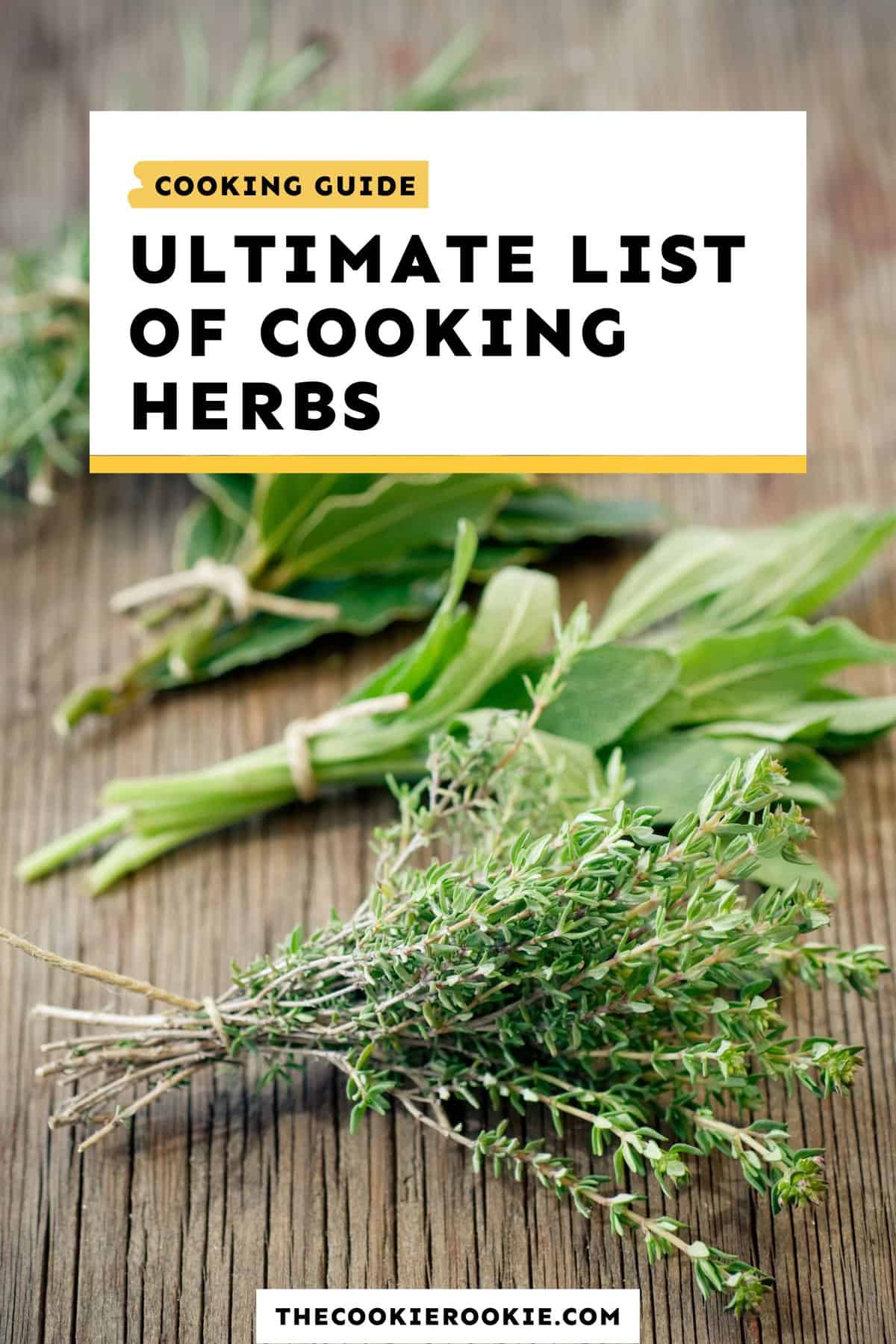Master Indoor Herb Gardening for Cooking Today

Imagine the delight of plucking fresh basil leaves for your homemade pesto or snipping some fragrant rosemary for your roasted chicken. Indoor herb gardening brings the joy of fresh, homegrown herbs right into your kitchen. Whether you're a seasoned gardener or a novice, starting an indoor herb garden for cooking is easier than you think. Let's dive into the world of indoor herb gardening and discover how you can transform your culinary adventures with fresh, aromatic herbs.
Why Start an Indoor Herb Garden for Cooking?
Indoor herb gardening is more than just a hobby; it's a gateway to enhancing your cooking with fresh, flavorful herbs. Growing herbs inside offers numerous benefits:
- Convenience: Having fresh herbs at your fingertips means you can add a burst of flavor to your dishes anytime.
- Cost-Effective: Buying fresh herbs from the store can be expensive. Growing your own herbs is a budget-friendly alternative.
- Health Benefits: Fresh herbs are packed with nutrients and antioxidants, making them a healthy addition to your meals.
- Aesthetic Appeal: An indoor herb garden adds a touch of greenery and beauty to your kitchen or living space.
Getting Started: Essential Herb Garden Tips
Before you dive into indoor herb gardening, it's essential to understand the basics. Here are some key herb garden tips to get you started:
Choose the Right Herbs
Not all herbs thrive indoors. Some of the best herbs for indoor gardening include:
- Basil: Perfect for pesto, salads, and pasta dishes.
- Parsley: A versatile herb for garnishing and adding flavor to soups and stews.
- Rosemary: Ideal for roasted meats and potatoes.
- Thyme: Great for seasoning meats, soups, and stews.
- Mint: Refreshing for teas, salads, and desserts.
- Chives: Adds a mild onion flavor to salads, soups, and dips.
Select the Right Containers
Choosing the right containers is crucial for successful indoor herb gardening. Opt for pots with drainage holes to prevent waterlogging. Terracotta pots are a popular choice due to their porous nature, which allows for better air circulation. Ensure your pots are at least 6 inches deep to provide ample room for root growth.
Provide Adequate Light
Most cooking herbs require plenty of sunlight to thrive. Place your herb pots near a south-facing window to ensure they get at least 6 hours of sunlight daily. If natural light is limited, consider using grow lights to supplement.
Use High-Quality Soil
The soil you use can make or break your indoor herb garden. Opt for a well-draining potting mix specifically designed for herbs. Avoid using garden soil, as it can be too dense and may contain pests or diseases.
Water and Fertilize Properly
Watering is a delicate balance in indoor herb gardening. Overwatering can lead to root rot, while underwatering can stunt growth. Water your herbs when the top inch of soil feels dry. Use a balanced liquid fertilizer every 4-6 weeks to keep your herbs healthy and thriving.
Growing Herbs Inside: Step-by-Step Guide
Now that you have the basics down, let's get into the nitty-gritty of growing herbs inside. Follow these steps to create a thriving indoor herb garden:
Step 1: Gather Your Supplies
Before you start, gather all the necessary supplies:
- Herb seeds or seedlings
- Pots with drainage holes
- High-quality potting mix
- Watering can or spray bottle
- Liquid fertilizer
- Grow lights (optional)
Step 2: Plant Your Herbs
Fill your pots with potting mix, leaving about an inch from the top. Plant your herb seeds or seedlings according to the package instructions. Gently water the soil until it's evenly moist.
Step 3: Provide Optimal Conditions
Place your pots in a location with adequate sunlight and maintain a consistent temperature between 65-75°F (18-24°C). Ensure good air circulation to prevent mold and pests.
Step 4: Monitor and Maintain
Regularly check your herbs for signs of pests or diseases. Prune your herbs to encourage bushier growth and remove any dead or yellowing leaves. Rotate your pots occasionally to ensure even light exposure.
Harvesting and Using Fresh Herbs for Cooking
One of the most rewarding aspects of indoor herb gardening is harvesting and using your fresh herbs for cooking. Here are some tips for harvesting and incorporating fresh herbs into your meals:
Harvesting Tips
- Timing: Harvest your herbs in the morning after the dew has evaporated. This is when the essential oils are most concentrated.
- Technique: Use clean, sharp scissors or pruners to cut the stems. Avoid pulling or tearing the plants.
- Amount: Harvest no more than one-third of the plant at a time to ensure it continues to grow.
Cooking with Fresh Herbs
- Basil: Tear or chop fresh basil leaves and add them to salads, pasta dishes, or pizzas just before serving.
- Parsley: Finely chop parsley and use it as a garnish or add it to soups, stews, and salads.
- Rosemary: Remove the needles from the stem and chop them finely. Add rosemary to roasted meats, potatoes, or bread.
- Thyme: Strip the leaves from the stem and add them to soups, stews, or marinades.
- Mint: Chop fresh mint leaves and use them in salads, teas, or desserts.
- Chives: Snip chives with scissors and sprinkle them over salads, soups, or dips.

Troubleshooting Common Issues
Even with the best herb garden tips, you might encounter some challenges. Here are common issues and how to troubleshoot them:
Yellowing Leaves
Yellowing leaves can indicate overwatering or nutrient deficiency. Ensure your soil is well-draining and water only when the top inch is dry. Use a balanced fertilizer to provide essential nutrients.
Pests
Common pests in indoor herb gardening include aphids, spider mites, and whiteflies. Regularly inspect your plants and use organic pesticides or insecticidal soap to control pests.
Slow Growth
Slow growth can be due to insufficient light or poor soil quality. Ensure your herbs get at least 6 hours of sunlight daily and use a high-quality potting mix.
Conclusion
Starting an indoor herb garden for cooking is a rewarding journey that enhances your culinary experiences and adds a touch of nature to your home. With the right herb garden tips and a bit of patience, you can grow a thriving indoor herb garden that provides fresh, flavorful herbs year-round. So, why wait? Dive into the world of indoor herb gardening and elevate your cooking today!

FAQs
What are the best herbs for indoor gardening? The best herbs for indoor gardening include basil, parsley, rosemary, thyme, mint, and chives. These herbs are relatively easy to grow and thrive in indoor conditions.
How much sunlight do indoor herbs need? Most cooking herbs require at least 6 hours of sunlight daily. Place your herb pots near a south-facing window or use grow lights to supplement natural light.
How often should I water my indoor herbs? Water your herbs when the top inch of soil feels dry. Overwatering can lead to root rot, while underwatering can stunt growth. Use a balanced liquid fertilizer every 4-6 weeks to keep your herbs healthy.
Can I grow herbs from seeds indoors? Yes, you can grow herbs from seeds indoors. Follow the package instructions for planting depth and spacing. Ensure your seeds get adequate light and warmth to germinate.
How do I harvest fresh herbs for cooking? Harvest your herbs in the morning after the dew has evaporated. Use clean, sharp scissors or pruners to cut the stems. Avoid pulling or tearing the plants, and harvest no more than one-third of the plant at a time.
0 Response to "Master Indoor Herb Gardening for Cooking Today"
Post a Comment